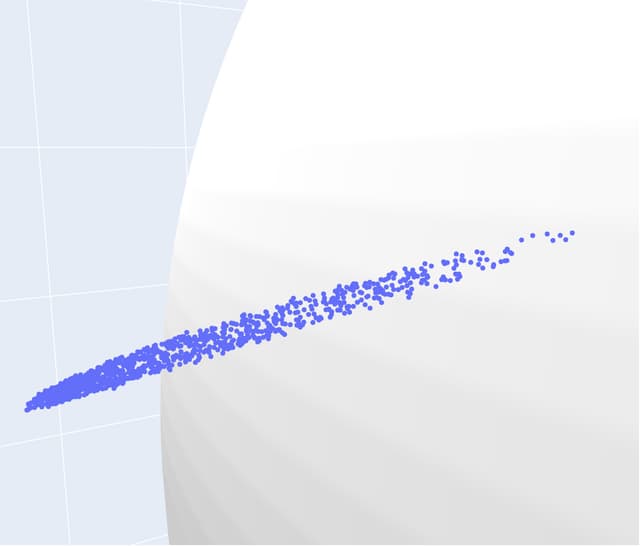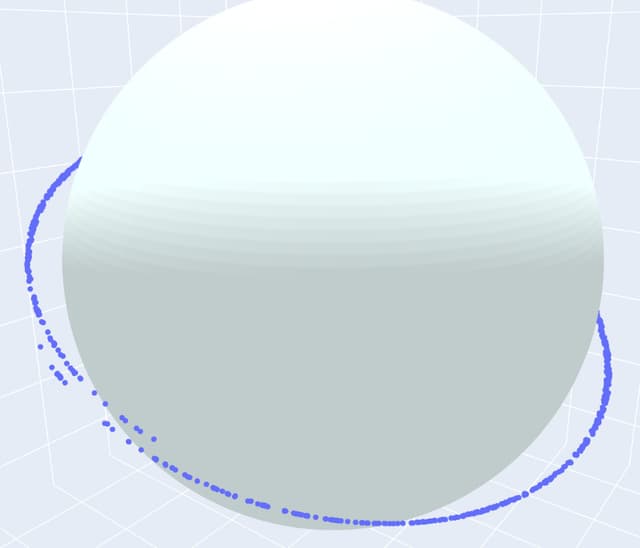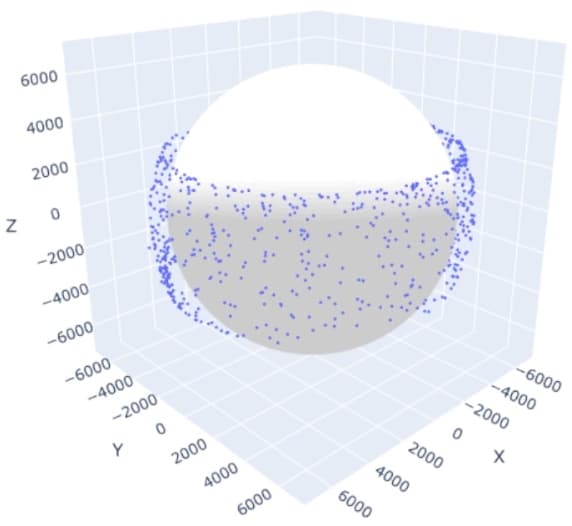The rapid growth of orbital debris is a consequence of humanity's pursuit of working in, exploring, and utilizing space. While the average person is unlikely to encounter space pollution directly, it poses a significant threat to critical technologies we rely on daily, such as GPS and weather prediction satellites. Orbital debris consists of remnants from orbital collisions, weapons tests, decommissioned satellites, and spent rocket stages, which travel at speeds faster than bullets and carry energy comparable to hand grenades. This paper examines the existing models of orbital debris generation, the evolution of debris clouds over time, and their implications.
As part of an undergraduate thesis, I worked on a project focused on analyzing the evolution of orbital debris clouds in low Earth orbit. The thesis aimed to create a simulation capable of predicting the evolution of debris clouds resulting from various events that may cause satellite fragmentation or displacement, such as collisions or explosions. The simulation utilized the NASA standard breakup model and was developed using Python.
The full thesis is available for download here
- Breakup Model
- Debris Cloud Evolution
- Ellipsoid Phase
- Ring Formation
- Band Formation
- Additional Information
Breakup Model
The NASA standard breakup model characterizes the fragmentation of a satellite into smaller fragments. The model is based on the work of Johnson et. al and Krisko. The model assumes that the satellite is a rigid body and that the fragments are small enough to be treated as point masses. The model is also based on the assumption that the satellite is in a circular orbit.
Debris Cloud Evolution
The evolution of a debris cloud is determined by the number and speed of the fragments produced by a satellite's breakup. The breakup model takes these factors into account to show how a debris cloud will evolve over time. For collisions, the number of fragments produced is determined by the size of the satellite and the speed. For explosions, size and energy are taken into account.
Ellipsoid Phase
At the time of the fragmentation event, all debris fragments have the same position. However, each fragment has a different velocity in both direction and magnitude. This causes the debris to spread gradually as the orbits of the fragments evolve. The debris fragments gradually spread out and form an ellipsoid.

[Ellipsoid formation.]
Ring Formation
The debris takes two to three days to form a uniform ring around the Earth as it spreads out in low Earth orbit. Effects such as air drag and inter-gravitational forces between debris are negligible on this time scale. As a result, each debris fragment orbits around the Earth as if the other fragments did not exist. From a practical point of view, we can use standard results for the two-body gravitational problem

[Ring formation.]
Band Formation
For the evolution of the cloud to continue, we must now consider orbital perturbations that will cause the orbits to change over time. Perturbations are forces that act on each debris fragment and change the motion over time. The two most dominant forces are aerodynamic drag and the $J_2$ perturbation. As the result of drag, the debris cloud expands inward as the effects of the atmosphere slow down debris fragments. Similarly, the J2 perturbation results from the gravitational field produced by the Earth and causes the debris to spread out. The result
is that the debris cloud expands outward.

[Band formation.]
Additional Information
The submitted thesis delves deeply into the physics and computational methods used for the analysis. The thesis also includes a detailed description of the simulation and the analysis results. The thesis is available for download here.